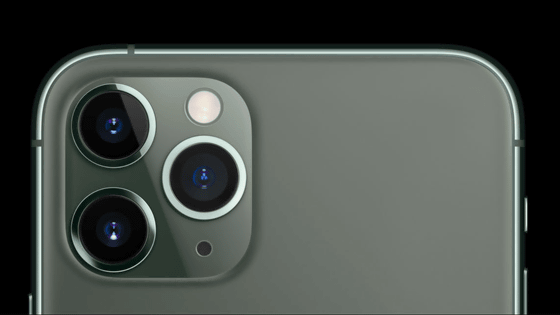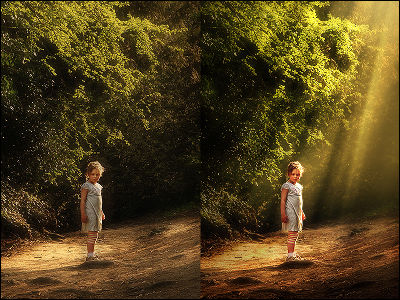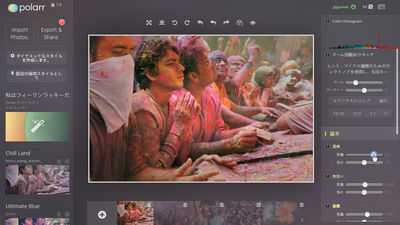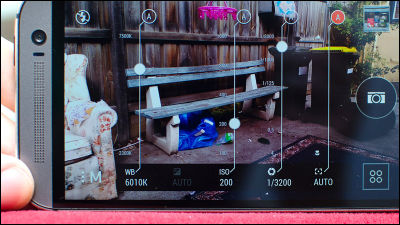Adobe releases iPhone camera app 'Project Indigo' by former Pixel camera developer, using computational photography and AI to achieve high dynamic range and low noise, and pursue natural photos on par with 'SLR' quality

Adobe has announced the iPhone camera app ' Project Indigo '. One of the developers of this app, Mark Levoy, is known for developing
Project Indigo - a computational photography camera app
https://research.adobe.com/articles/indigo/indigo.html
Project Indigo on the App Store
https://apps.apple.com/us/app/project-indigo/id6742591546
Project Indigo is a completely free app released experimentally by Adobe Labs, Adobe's research division, and does not require an Adobe account to use it. However, at the time of writing, it is not available for download or installation in Japan, and is only available in English-speaking countries. Compatible devices are iPhone 12 Pro/Pro Max, iPhone 13 Pro/Pro Max, iPhone 14 and later, but Adobe recommends iPhone 15 Pro and later.
According to Levoy, Project Indigo 'takes multiple photos in succession, rather than taking a single photo, and then synthesizes them to generate high-quality photos with less noise and a wide dynamic range. ' According to Adobe, Project Indigo 'aims to produce natural photos like those taken with a single-lens reflex camera,' and it is possible to manually set the aperture, shutter speed, ISO sensitivity, white balance, etc.
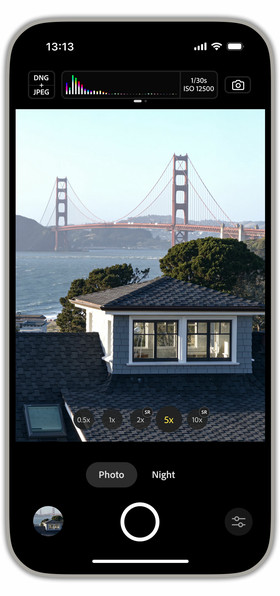
Project Indigo underexposes the image to reduce whiteout, then captures multiple images in quick succession as you press the shutter button, aligning and combining them to reduce noise in the shadows. This approach results in photos with less blown highlights and less noise in the shadows, and they have less noise and more natural texture than most camera apps.
Project Indigo has two shooting modes: 'Photo' and 'Night'. 'Photo' mode achieves zero shutter lag and uses the image taken just before the shutter button is pressed as the reference image, allowing you to capture the exact moment you want even in fast-moving scenes. Meanwhile, 'Night' mode minimizes noise in dark scenes by using a longer exposure time and capturing more images.
The image on the left below was taken of the watch under 0.1 lux lighting using the iPhone's native camera app, and the image on the right was taken under the same conditions using Project Indigo's 'Night' setting.
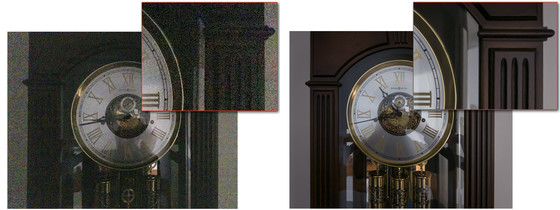
'Project Indigo's 'natural look' is a counter to the overly bright, low-contrast, highly saturated, smoothed and sharpened images typically found on smartphones,' Levoy explains.
Typically, smartphones use 'global tone mapping' to darken highlights and brighten shadows uniformly across the entire image so that HDR images can be displayed comfortably on smartphone displays with limited brightness.
In contrast, Project Indigo only employs mild tone mapping, saturation boosting, and sharpening, and is designed to provide a look similar to Adobe's Adaptive Color profile for compatibility with Adobe Camera Raw and Lightroom.
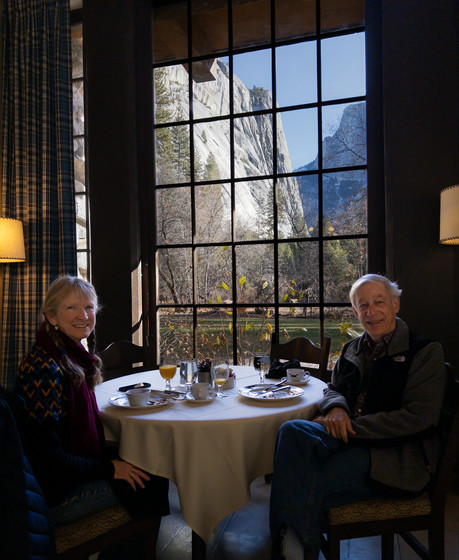
As for file formats, Project Indigo outputs both
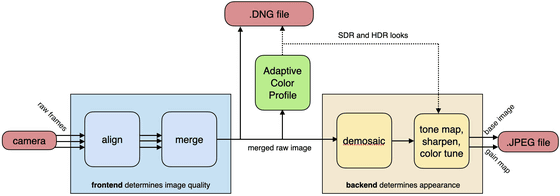
The front-end on the left receives the 'raw frames' coming from the camera. Here, these raw frames are 'aligned' and 'merged'. The combined nearly raw image is optionally saved as a DNG file. This DNG file stores the pixel information along with the 'look' calculated by Project Indigo's 'Adaptive Color Profile AI', but the pixels themselves are left unchanged. This front-end processing is the main part that determines the quality of the image.
The backend on the right receives the combined raw image sent from the frontend. It then 'demosaics' the RGB information and performs other operations on the image, such as tone mapping, sharpening, and color tuning. The pixels changed by these operations are compressed and saved as a JPEG file. This backend processing is what determines the appearance of the final photo.
The output of the Adaptive Color Profile AI produces both SDR and HDR looks, so you typically view your photos in SDR, but the same file can be viewed in HDR on a compatible display.
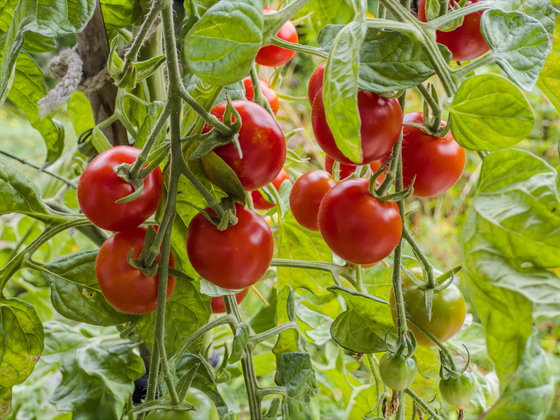
It also integrates with Lightroom, allowing users to edit photos taken with Project Indigo directly in the Lightroom mobile app, where they can switch between the SDR and HDR looks that the camera app embeds in the files and make further adjustments.
In addition, Levoy said Project Indigo uses multi-frame super-resolution technology, which reduces the image quality of images captured using digital zoom on smartphones, as seen in the image below.
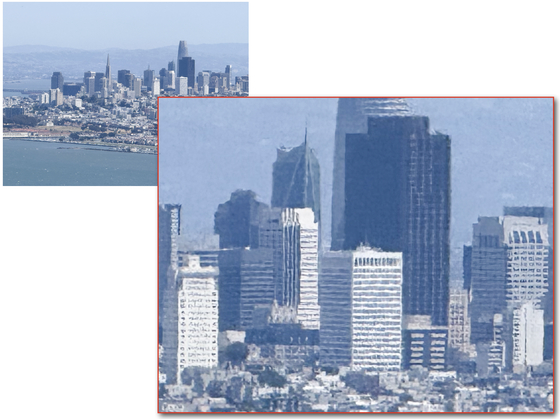
But Project Indigo silently captures multiple images and combines them to take advantage of the slightly different perspectives caused by camera shake, recovering much of the image quality lost in digital scaling to create an image with less noise and more detail.
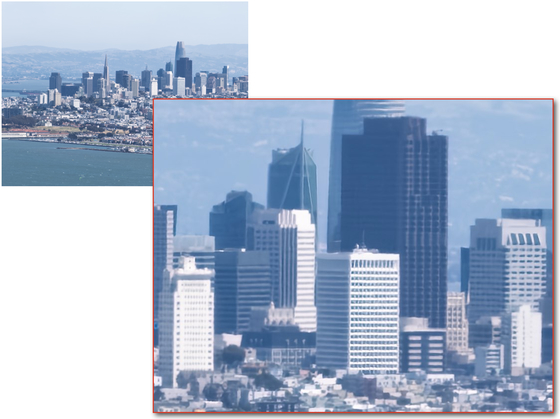
Project Indigo also allows you to manually change settings, such as aperture, shutter speed, ISO, exposure compensation, and white balance, as well as control the number of frames in a burst to adjust total capture time and noise levels.The 'Long Exposure' button also allows you to take full-resolution multi-frame composite photos.
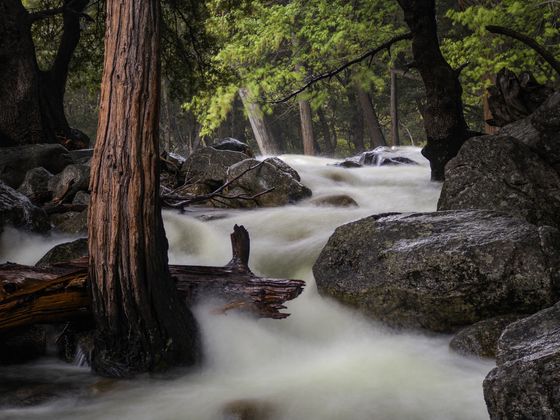
Adobe is positioning Project Indigo as more than just a camera app, but a prototyping platform for technologies that may eventually be rolled out to flagship products such as Adobe Lightroom. At the same time, Adobe said it wants Project Indigo to reach not just casual mobile photography enthusiasts, but also advanced photographers who want manual control and the best image quality, and anyone who wants to enjoy a new photography experience.
Adobe has also listed future plans for the app, including the release of an Android version, the addition of various LUTs (lookup tables), the addition of a portrait mode with better control and higher image quality than existing camera apps, exposure bracketing for astrophotography, video recording, and the introduction of panorama shooting capabilities.
Related Posts:
in Software, Smartphone, Posted by log1i_yk

